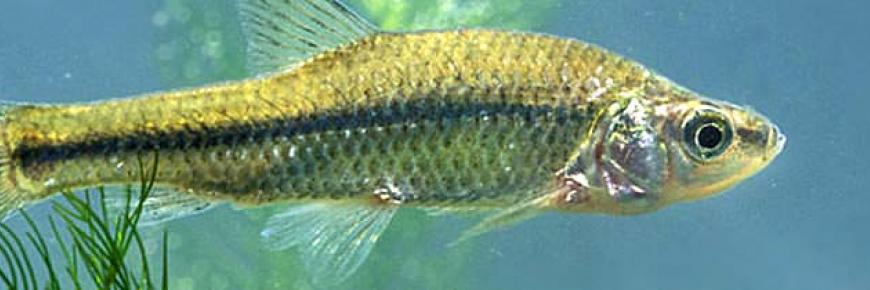Attack of the squirrels
 The grey squirrel (Sciurus carolinensis) has been so successful in its invasion of the UK that it is easy to forget the species was in fact introduced. Imported to Europe in the 1800s, the grey squirrel became a popular ornamental species and soon established feral populations in the UK, Ireland and Italy.
The grey squirrel (Sciurus carolinensis) has been so successful in its invasion of the UK that it is easy to forget the species was in fact introduced. Imported to Europe in the 1800s, the grey squirrel became a popular ornamental species and soon established feral populations in the UK, Ireland and Italy.
Following the establishment of this species, the woodlands of Great Britain have suffered badly. The species is an opportunist, feeding on a variety of food from seeds, fruit, insects and birds eggs. The species damages large areas of woodland through bark stripping, that leaves the trees susceptible to disease and infection. Grey squirrels are estimated to reduce the value of tree crops by around 25%, equivalent to £10 million! Their control and eradication is problematic and controversial, estimated to cost £3 million annually for timber protection alone.
If that wasn’t enough, there are a number of other invasive non-native squirrels which are yet to make their way to the RINSE area. A recent study by Bertolino (2009) investigated 248 squirrel introductions that occurred between 1879 and 2006. There were 20 different species included in these introductions, with an 80% success rate in establishing feral populations. Evidence such as this indicates the need for restrictions in the trade and movement of squirrels across the globe.
The recent Targeting and Prioritisation study completed by RINSE highlighted a new upcoming squirrel threat – the Finlayson’s squirrel (Callosciurus finlaysonii). This species currently has two populations in Europe, both found inItaly. Observations from these introductions show the impact to vegetation and forestry from the Finlayson’s squirrel could match, if not exceed, the impact of the grey squirrel. The species was found to spend over a third of its time stripping bark from a wide variety of trees, with damage to electric cables also reported.
Although the control and eradication of squirrels is often difficult and costly there has been a successful eradication in Europe: the Pallas squirrel (Callosciurus erythraeus) - pictured below. This squirrel was identified to have established a population in Belgium. Thanks to the work of INBO, a RINSE project partner, the Pallas squirrel was eradicated in January 2011 using live traps and continual monitoring. The success of this project was partly due to the localised population, for species as established at the grey squirrel total eradication is unlikely – a lesson to act swiftly on future squirrel introductions!

If you want to read more about the Pallas squirrel – have a look at the INBO presentation from our recent RINSE Workshop – Managing Invasive Mammals and Birds
References:
Aloise, G & Bertolino, S (2005). ‘Free-ranging population of the Finlayson’s squirrel inSouth Italy. Hystric It J? 16:70-74
Bertolino, S & Genovesi P (2005). ‘the application of the European strategy on invasive alien species: an example with introduced squirrels. Hystrix j mammal 16: 59-69
Bertolino, S (2009). ‘Animal trade and non-indigenous species introduction: the world-wide spread of squirrels. Diversity and Distribution 15: 701-708.
Bertolino, S (2013). ‘Callosciurus squirrels: worldwide introductions, ecological impacts and recommendations to prevent the establishment of new invasive populations’. Mammal review 43: 22-33.
Duckworth, J.W., Timmins, R. & Parr, M. 2008. Callosciurus finlaysonii. In: IUCN 2013. IUCN Red List of Threatened Species. Version 2013.1. <www.iucnredlist.org>. Downloaded on 19 August 2013.
Photo Credits: Grey Squirrel (GBNNSS) and Pallas Squirrel (Donald Hobern).

